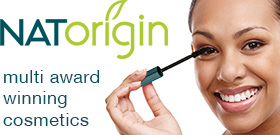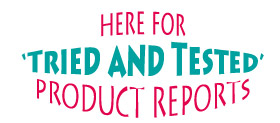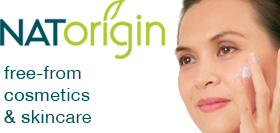|
|
|
Comparison of topical corticosteroids and non-topical anti-inflammatory agents in treatment of atopic dermatitis |
Topical corticosteroids have been used to treat atopic dermatitis (AD) for the last decade, but prolonged and heavy use can induce side effects such as thinning skin, rosacea, acne, and in some cases, more severe problems. Non-steroidal anti-inflammatory agents (topical calcineurin inhibitors or TCIs) for the treatment of AD are now available, and can be used on the face, neck, eyelids and other places where skin can rub together, become damp or sweaty ad cause chafing. Medical device emollients, also new, provide anti-oxidant, anti-protease and anti-imflammatory activity, and restore the natural balance of lipids. Lipid imbalance is one of the skin problems seen in AD. This study aimed to evaluate the use of these creams in comparison when used on a wide age group of patients with AD. After four weeks of treatment, they researchers from the Department of Dermatology, Mount Sinai School of Medicine, New York, US, found that those using the medical device emollients had 82% of targeted lesions score clear or almost clear, and of the pimecrolimus cream treated patients, 71% scored either clear or almost clear. The study showed that both creams worked well in the treatment of AD in both adults and children with no adverse side-effects. Source: Journal of Drugs and Dermatology June 2011 Click here for more research on the management of eczema For links to skin and personal care products click here.
|









